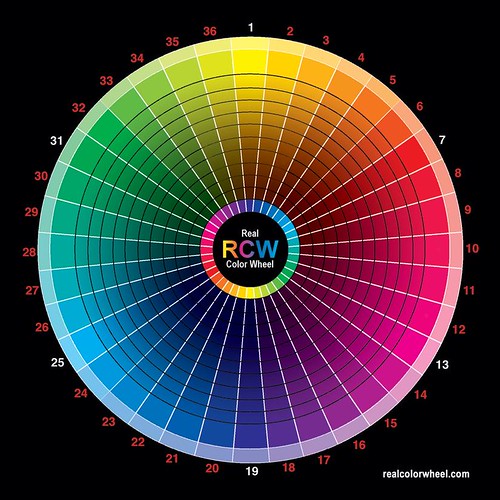Unless you're a professional designer/artist with a super fancy studio, you're most likely to have one of those small printers that print A4 size pages only. And those printers can only print no bleed.
"No bleed? What's no bleed?!", you ask.
It's simply a posh word for "with margins".
I'm sure you've all experienced the discontent and frustration when the poster/brochure/etc. which you've spent your whole lives on came out to have around it... A FAT, WHITE MARGIN!!! It completely ruins the design and most importantly, it makes it look unprofessional and amateurish.
So should you leave it there? Should you cut it out? You stand there undecided and troubled.
Don't fuss! There is a solution!
First, allow me take you through the logic:
There are only two factors that can be changed: the printer, or, your design.
The printer: unless you pay to get your design printed, there's no way you can get your little printer to print bleed.
Your design: but can it be changed to make the page look like it's a bleed?
Yes!
How?
Scroll down.
Un-connect the dots
We see a margin because our eyes connect the elements on the page to form a line, because those elements are aligned so perfectly that they do actually form an invisible line. And getting rid of the invisible line means getting rid of the margins.
Rearrange your elements
This can be done easily by drawing a margin line smaller than your printer's and evading and crossing over that line by rearranging the elements on the page. This may make your page look a bit messy, so it's best to use in casual, informal designs.
Minimize your elements
Instead of using a background-filling image, minimize the image. Same with texts. Your design will then achieve a minimalist effect. This works with serious designs as well. Below is an example.
Instead of paying for full-bleed printing, here are two tricks to eliminate the margin created by our eyes and produce professional looking designs. I think it's always better to work with what you've got rather than fight it and trying to get rid of it.
How about you? Do you have any tricks for printing no-bleed?











